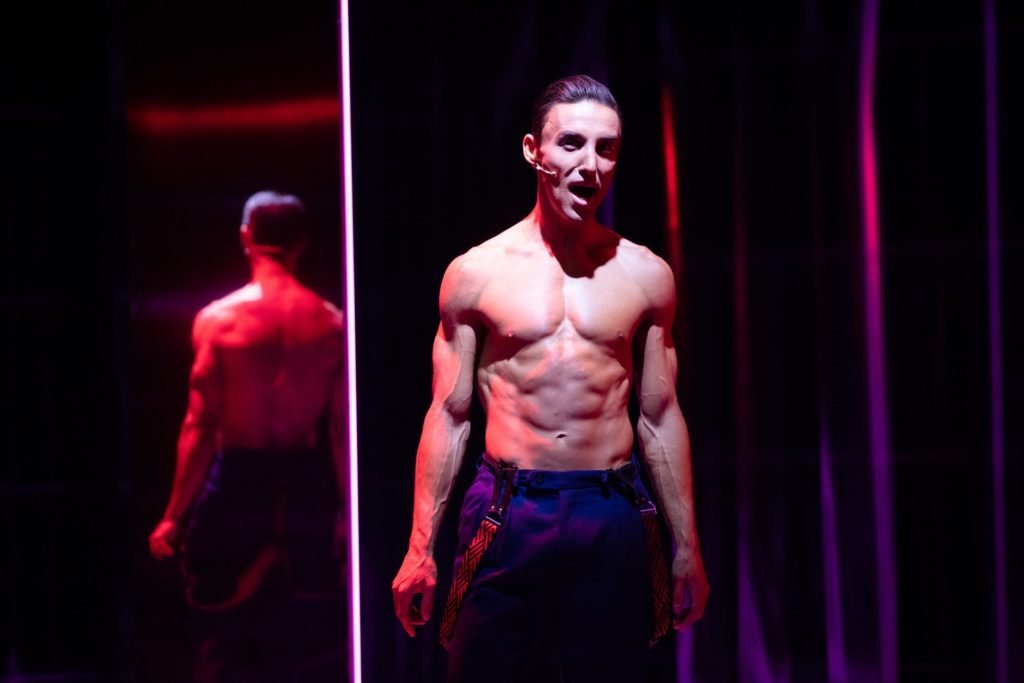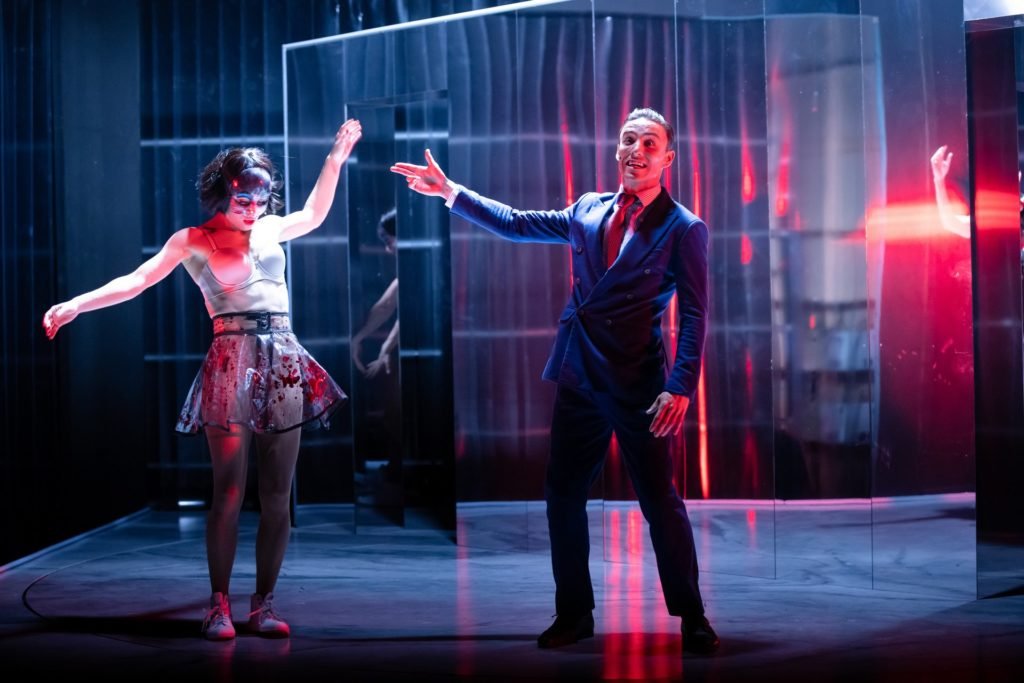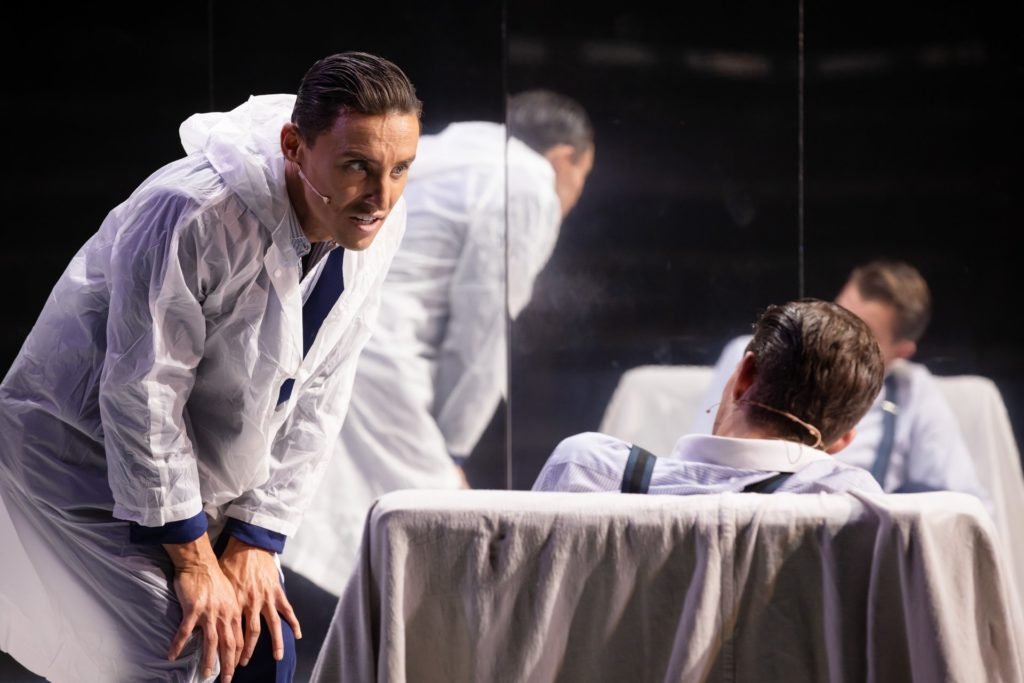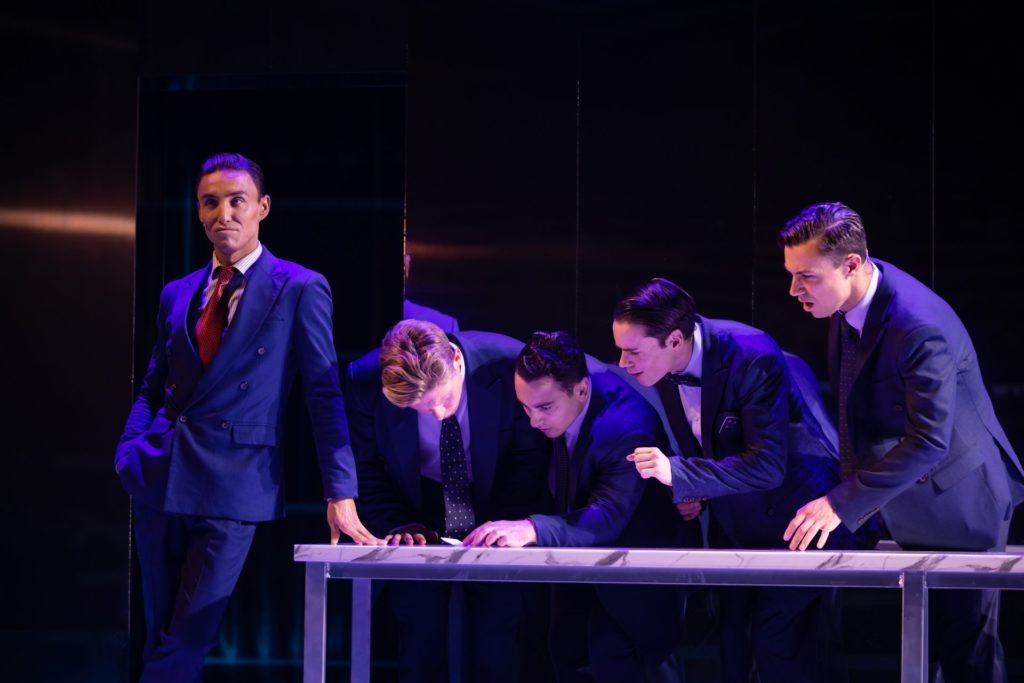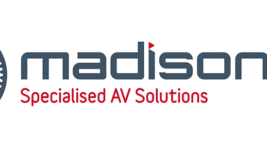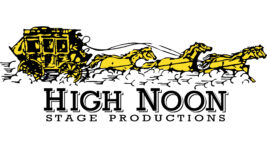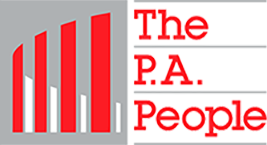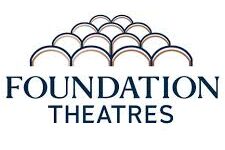News
24 Aug 2021
Psycho Acoustics: The Immersive Sound Design of American Psycho
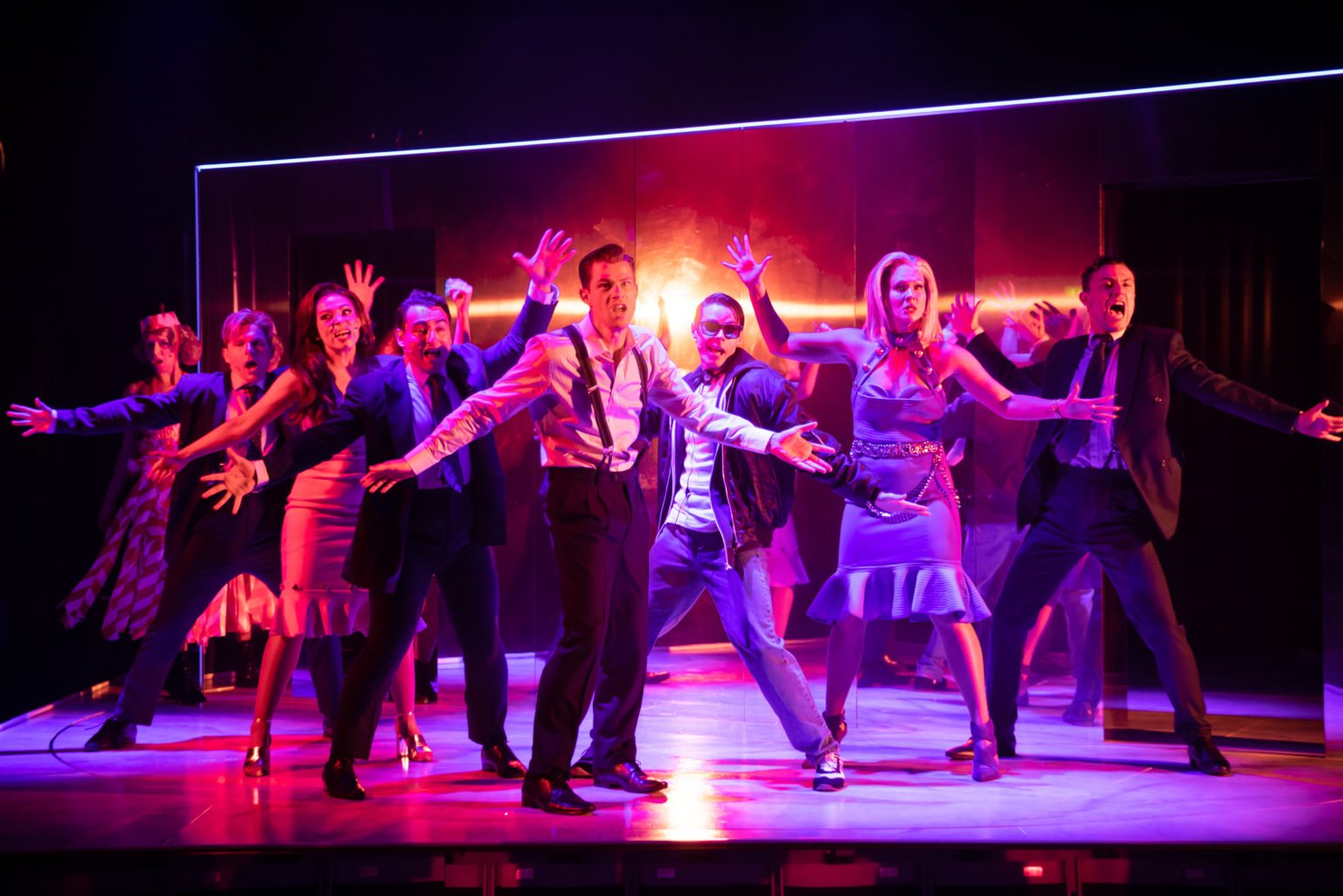
Subscribe to CX E-News
Production Photos by Daniel Boud
The Australian production of the one-of-a-kind musical of Brett Easton Ellis’ peak 1980s Wall Street satire, American Psycho, is fuelled by greed, narcissism, murder, and a thumping EDM soundtrack reimagined by musical director Andrew Worboys. Working hand-in-hand with Andrew, sound designer Nick Walker created a 24 channel immersive surround design that would have been impossible without a handy app called panLab 2…
The production has just finished up its short Australian tour, sadly cut short by COVID. American Psycho won nine Sydney Theatre Awards after its initial Hayes Theatre Co season, played The Opera House Playhouse, Canberra Theatre Centre, and was also scheduled at HOTA Gold Coast and Illawarra Performing Arts Centre, but missed out due to restrictions.
With Ben Gerrard in the lead role of Wall Street banker and serial killer Patrick Bateman, there are 11 cast members using 14 channels of radio mics. A DiGiCo SD8 sits at the heart of the PA, and the music, underscoring, and sound FX are all playback from a redundant QLab system, outputting to the main Left-Centre-Right in each venue, plus the 16 channel surround system toured with the production. Plotting to the surround is not just effects – individual musical elements in every song are mixed in surround.
Take A Look At Me Now
“The design for American Psycho is one of the biggest and most complex things I’ve done,” relates sound designer Nick Walker of Spectra Audio Solutions. “Relative to the size of the venues we’re performing in, the sound component is really large. It’s a full surround mix, all the time. Every song has been re-arranged in surround. The heart of the design is our MD Andrew Worboys’ rewriting of the parts as an EDM musical. In essence, it’s all new music; if you listen to the original cast recording, you wouldn’t recognise it.”
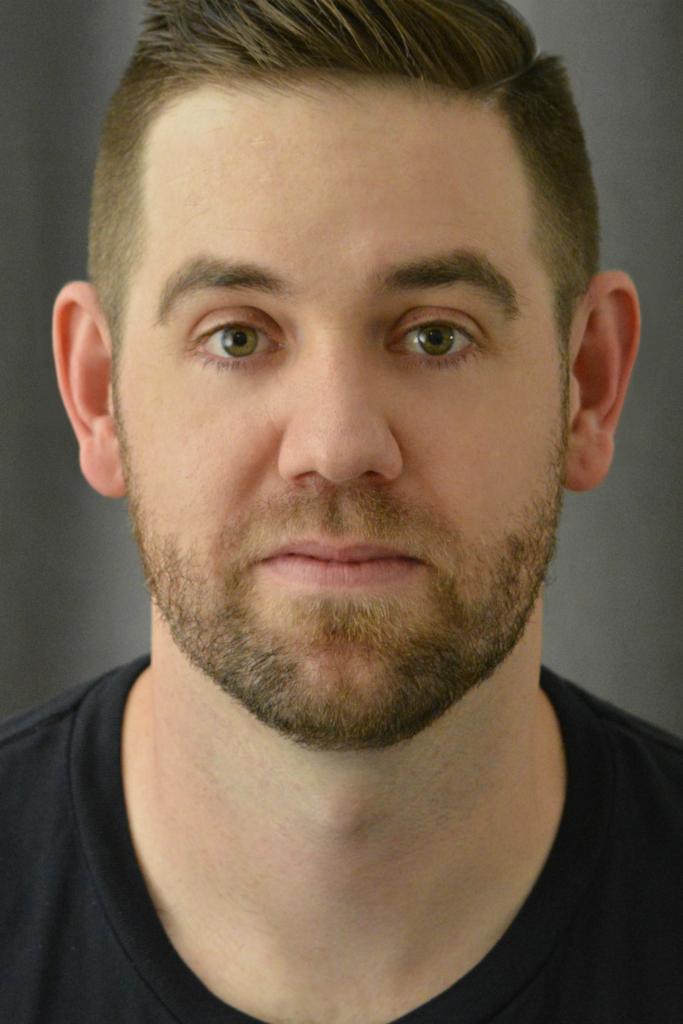
Nick Walker 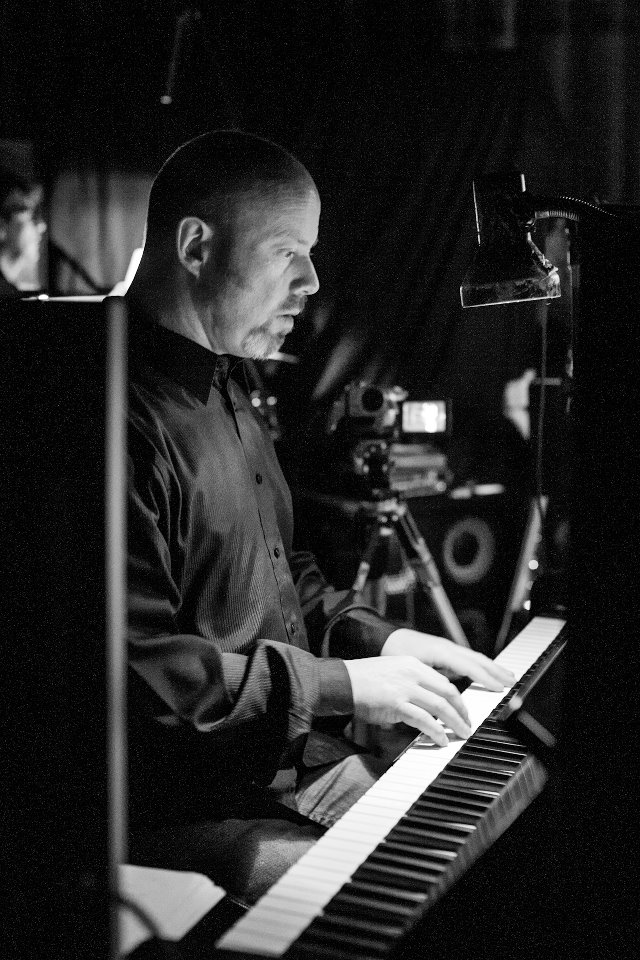
Andrew Worboys
Through the re-arranging process, Nick was right there with Andrew, integrating the sound design deeply into the music. “There was a very blurred line between myself and the MD in the creation of the show,” Nick outlines. “Andrew was out the front with me for the entirety of the teching of the show. I did a lot of the underscoring sound design, sound FX, and anything that wasn’t actually a track. There was a lot of to and fro.”
Against All Odds
The original Hayes Theatre Co season was built with a much smaller surround system than the touring version, as Hayes only seats 110, and didn’t utilise the surround to the same extent. When the show was redesigned with a larger surround system for touring, Nick had to re-programme the show, a task he would have considered impossible without Innovative Audio’s panLab2.
panLab 2 is a spatial audio mixing solution that integrates directly with QLab, and runs on macOS. Beautifully simple in execution, it allows designers to plot their surround system onto the app, then draw and time audio pans and fades onto the map. It then sends all the relevant level and panning data in QLab via OSC, which saves it in cues. It is not needed to run the show.
In The Air Tonight
“Re-programming hours for the touring version would have been in the hundreds without panLab 2,” admits Nick. “panLab 2 has streamlined everything for me. Setting it up takes five minutes. You load up your auditorium plan, place the surround nodes where you’ve put the speakers, then you group them into zones. American Psycho uses a ‘stage zone’, with foldback doubling as rear surround, ‘auditorium zone’, and ‘overheads zone’. Once you’ve done that, you’ve got your layout, which allows panLab 2 to calculate fade times. You connect panLab 2 to your QLab session with one button press. To build a cue in QLab, make a sequence with your mouse over the map in panLab 2 by drawing a line or multiple lines where you want the sound to go over time, then it automatically loads into QLab.”
This simple workflow has allowed Nick to create effects that would have been otherwise impossible. “One cue has 70 or so fades in the space of 14 seconds. It took me two minutes to draw in. I wouldn’t even have attempted it without panLab 2. My favourite design element in the show is in a song called ‘Cards’. We emulate a business card flipping around the room, and it does a big winding circle. You feel like you’re being swept into the wind of the card flying by you. It’s a really nice musical effect, and one of one of the first things Andrew and I created.”
Invisible Touch
With the whole show relying on QLab playback, redundancy is a big feature of the system. Two Mac Minis running QLab are wired up though an Autograph XMADI1, which can switch MADI sources with a button press. It works in conjunction with an Autograph XUSB2 which can switch KVM, MIDI, and GPIOs at the press of a button. “Reliability was another reason to choose panLab 2 for plotting the show,” observes Nick. “Once the show’s plotted, panLab 2 can be shut down. You don’t need it in show mode. QLab holds all the files and deals with all the panning and volumes. Not having a piece of third-party software running is good for stability.”
The surround system on tour with the show comprises 16 EAW JF80 loudspeakers powered by Camco Vortex amps, all fed on individual aux busses from the DiGiCo SD8. “It’s been a challenge to find spots to rig the surround that are appropriate to the size of the venue,” says Nick. “Hanging them too low means that some people get blasted without the sound getting to the centre of the room. Height is our friend.”
In Too Deep
In both the novel and original production, iconic 1980s tracks feature heavily. Huey Lewis’s ‘Hip To Be Square’ and Phil Collin’s ‘In The Air Tonight’ are both integral to the show. “Hip To Be Square is the only track we didn’t alter as it’s such a critical part of the show,” Nick elaborates. “In The Air Tonight is faithful to the original, because it’s so iconic it has to be! Though we did change the instrumentation a little.” Spoiler alert – in the show, ‘In The Air Tonight’ doesn’t make it to the famous gated reverb drum fill, devastating audience expectations.
As you can imagine, American Psycho is no typical show. “There’s really no musical like American Psycho,” concludes Nick. “It’s a shock to the system if you’re not expecting it. Getting the show’s EDM tracks to punch without overdoing it, or overshadowing the vocals was a big challenge, but fulfilling. The sound design has helped make the show what it is. People are coming out amazed at what they’ve heard, so I’m pretty happy.”
Subscribe
Published monthly since 1991, our famous AV industry magazine is free for download or pay for print. Subscribers also receive CX News, our free weekly email with the latest industry news and jobs.

